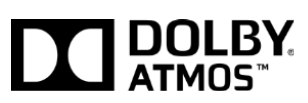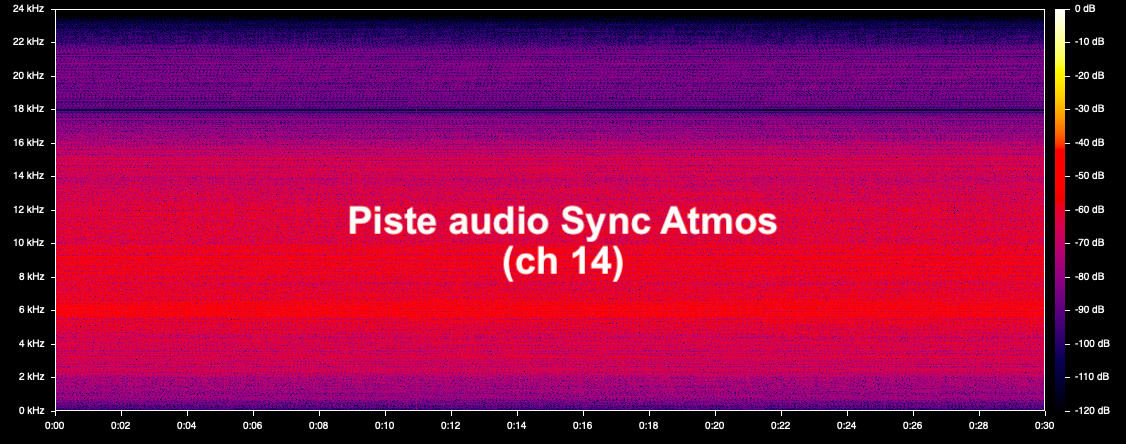

Dolby Atmos is a technology developed by the Dolby to enhance the capabilities of spatial sound.
In the theater, there are several speakers. The usual ones behind the screen, the other ones on the sides and at the back of the room, and sometimes on the ceiling as well (and on the floor too ?).
The Atmos technology follows the SMPTE Immersive Audio Bitstream (IAB) standard as a common basis and standardizes its data structure using the Dolby Atmos Bitstream standard 1 to create the Dolby Atmos technology within IAB-compliant DCP.
Concretely, in the way it works, it uses spatial metadata to "move" the sound between the different speakers in the room.
This metadata is refreshed several times per second on the sound timeline. A sound can be "moved" throughout the space without any constraints. All it needs is positional and sound level details. With that, we can create a sound effect that gives the impression the sound is moving to the space surrounding your head.
Dolby Atmos supports 64 physical speakers, 128 sounds channels and 118 audio objects (data / metadata) 2
See the chapter Immersive Audio (IAB) and chapter CPL AuxData.
A complete chapter is dedicated to the analysis of MXF - Dolby Atmos.
To note that the MXF Dolby Atmos can be accompanied by a synchronization track for the audio processor on track #14 within the main sound MXF file (MainSound). The Dolby Atmos synchronization data are timecodes, here is a brief spectral analysis :

To be very clear: Dolby Atmos Bitstream standard doesn't add any additional elements compared to the Immersive Audio Bitstream standard. It follows the latter. See the preface in the chapter MXF Dolby Atmos for a more precise description. ↩
Object counts : All IAFrames generated by Dolby and belonging to the same IAB track file have the same number of objects. The IAB track file can have a maximum of 118 objects. Channel count : The IAB track file can have a maximum of 128 channels. -- IMF IAB Interoperability Guidelines. Note that the number of 118 objects corresponds to 128 channels minus the 10 channels of 7.1.2 already occupied (called Bed Channels). ↩
